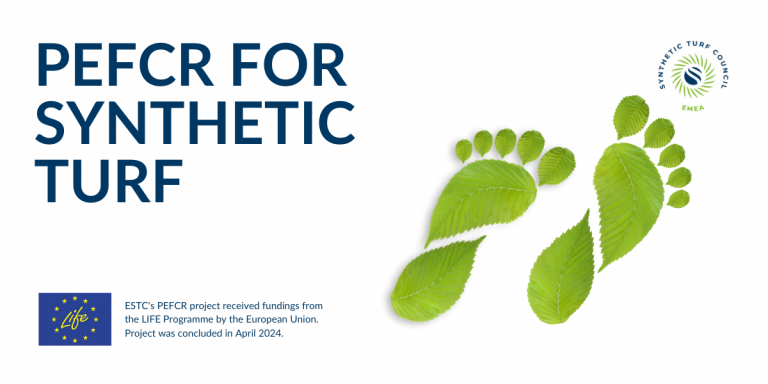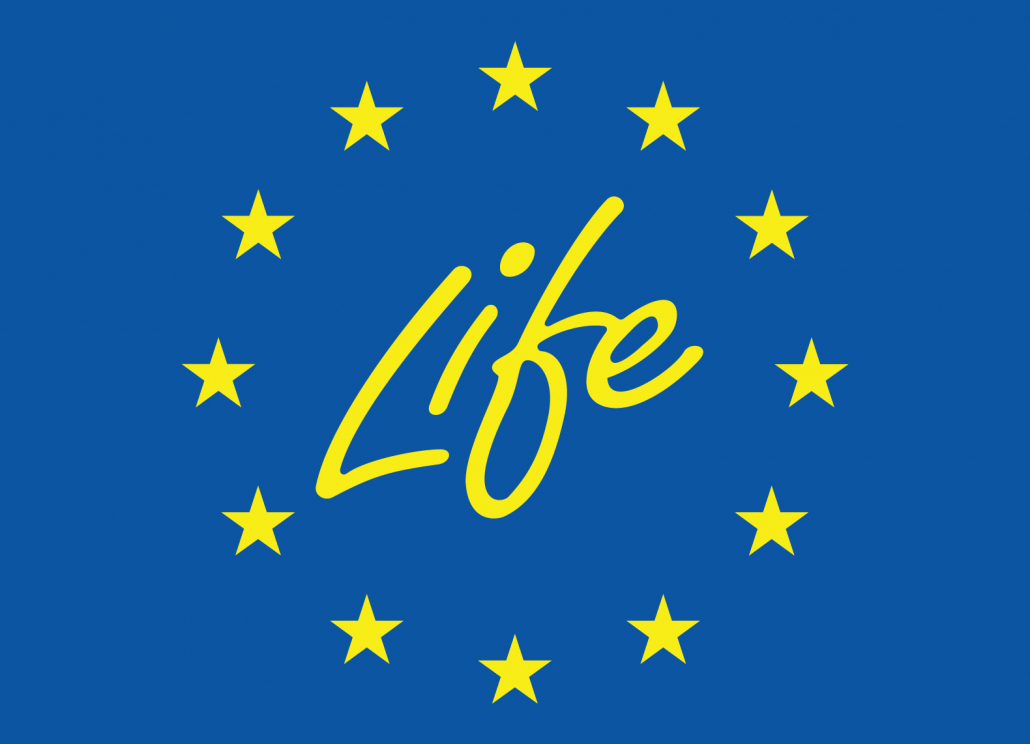PRODUCT ENVIRONMENTAL FOOTPRINT

DOWNLOADS
PEFCR FOR SYNTHETIC TURF
Please find below, for download, the final Product Environmental Product Category Rules (PEFCR) for Synthetic Turf Sports and Landscape Surfaces as well as the Representative Product Studies for Landscape and Sports Applications.
A milestone for the industry
EC confirms conclusion of the PEFCR project for synthetic turf
19 April 2024
ESTC received confirmation from the European Commission that the development of the PEFCR for synthetic turf systems is now considered as concluded. ESTC now has, as one of the first industries in Europe, the rules in place to calculate the environmental impact of synthetic turf systems, both for sports and for landscaping.
Considering we started this project in 2019, it is great that we have finally been able to complete it.
A big thank you to the Technical Secretariat members (TenCate, Tarkett, the Sport Group, Sports & Leisure Group, Juta, Re-Match and UEFA) and PRé Sustainability for their hard work over the past 4 years.
The development of the software tool, which ESTC commissioned to help companies calculate the environmental impact of their products following the PEF Category Rules, is nearly completed. ESTC is currently working on the procedure to have PEF results validated in a consistent and cost-effective manner and on the cost of the software licensing scheme to be offered to interested parties. Companies buying a software license will equally get a detailed written instruction & video recording on how to use the tool. We also envisage to organise (a) webinar(s) where members can ask questions. Please do not reach out to PRé directly – ESTC will handle the selling of the tool licenses and coordinate the information sessions with the membership.
And finally, we have equally commissioned PRé to draft a short guide to PEF to help consumers understand what a PEF report is showing and how to interpret the results.
More details on when all the above will become available will be shared with the membership soon.

Implementing the EU Green Deal
PEF CR – a standardised industry approach towards sustainability
